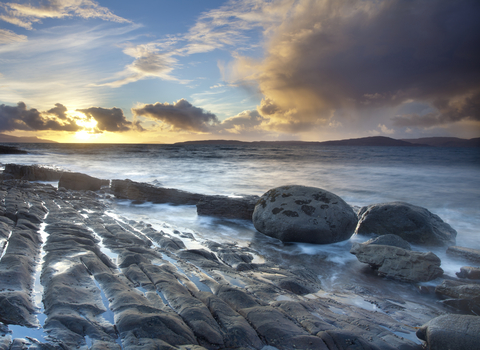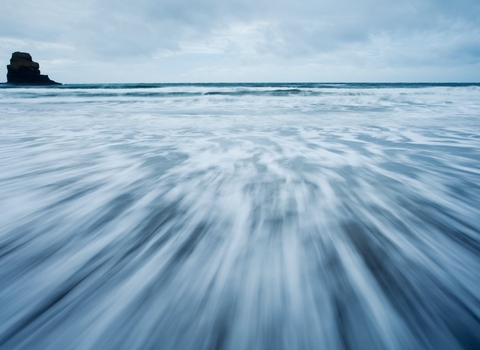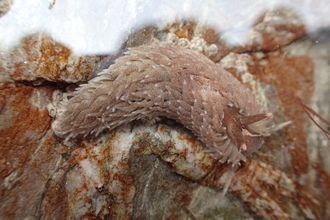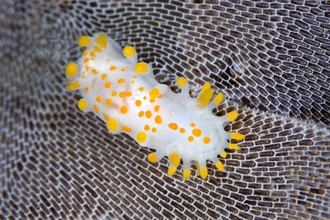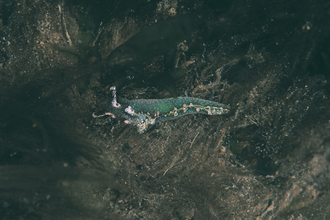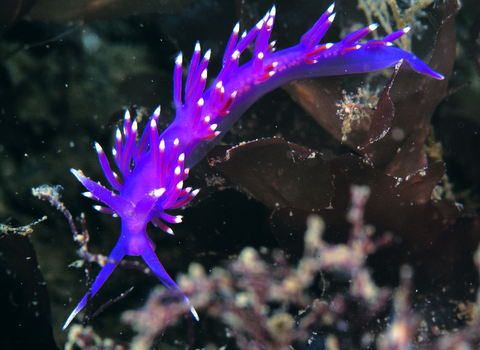
Flabellina pedata by Paul Naylor
Violet sea slug
Despite its dazzling colouration, this fabulous nudibranch can be easily missed, due to its small size!
Scientific name
Edmundsella pedataWhen to see
April – October.Species information
Category
Statistics
Up to 5cm long.Conservation status
Common.
Habitats
About
Eggs are laid as a thin, white thread and can sometimes be easier to spot than the sea slug itself!How to identify
A very small nudibranch with striking violet/pinky-purple colouration, with white tips to the projections running along its back.Distribution
Found around all British coasts.Did you know?
All nudibranchs are sea slugs, but not all sea slugs are nudibranchs!How people can help
Always follow the Seashore Code when rockpooling, be careful to leave everything as you found it - replace any rocks you turn over, put back any crabs or fish and ensure not to scrape anything off its rocky home. If you want to learn more about our rockpool life, Wildlife Trusts around the UK run rockpool safaris and offer Shoresearch training - teaching you to survey your local rocky shore. The data collected is then used to protect our coasts and seas through better management or through the designation of Marine Protected Areas.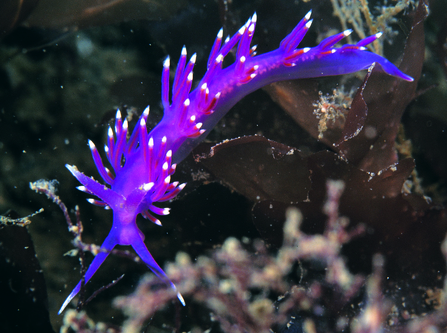
Flabellina pedata by Paul Naylor

